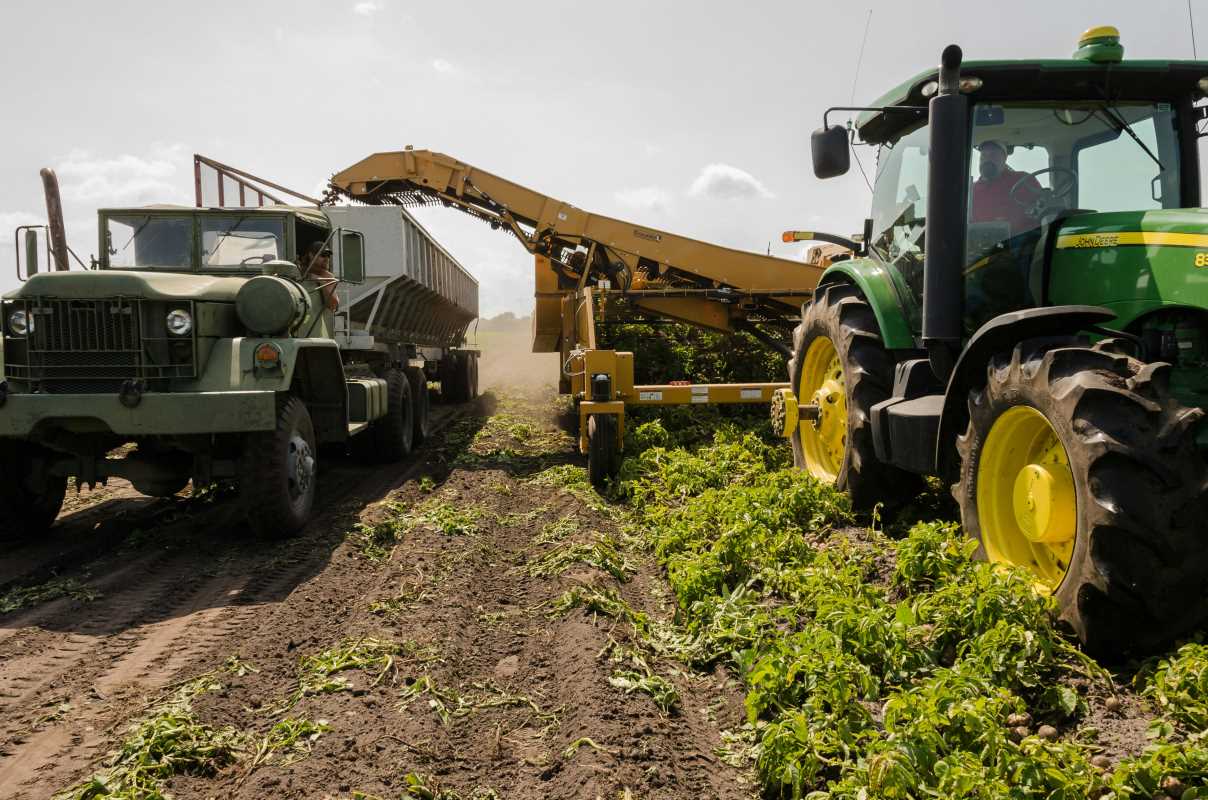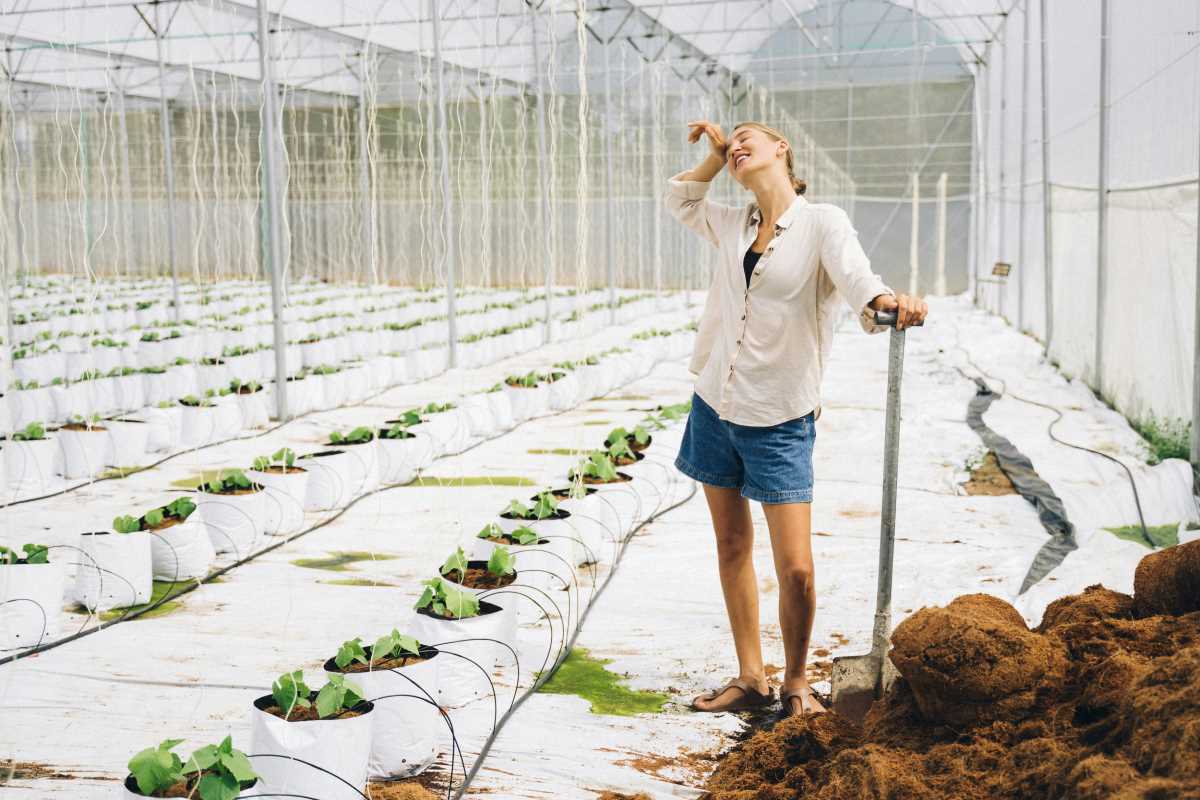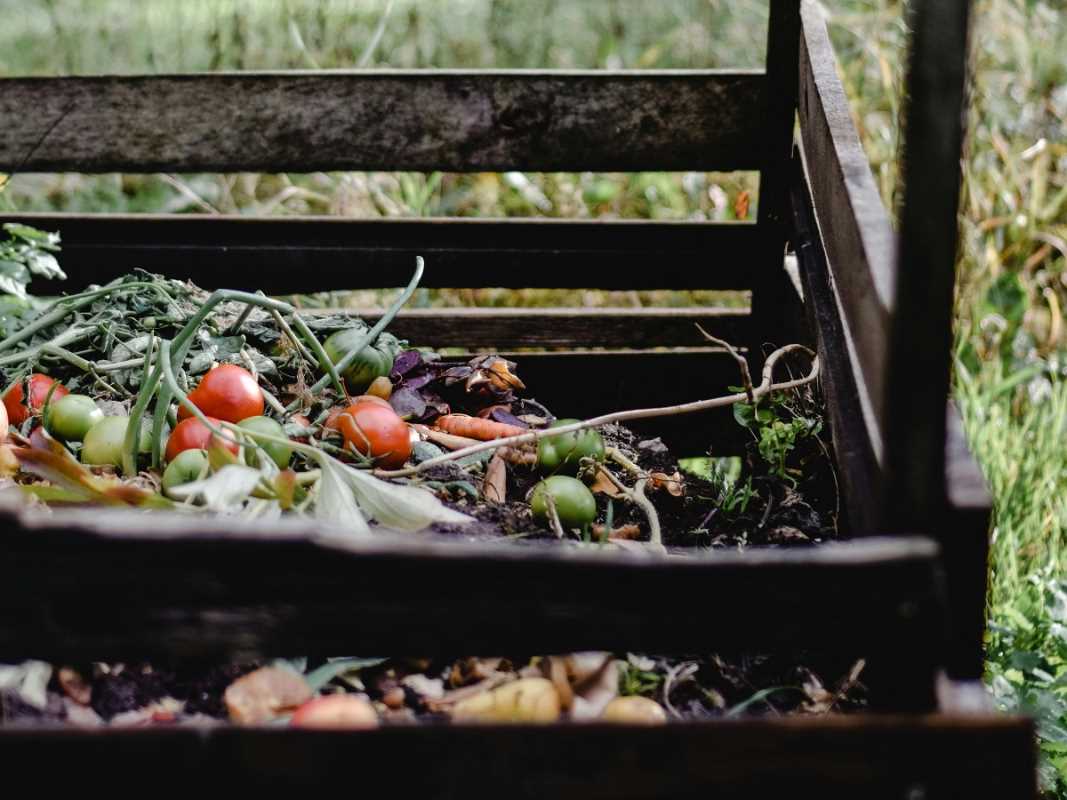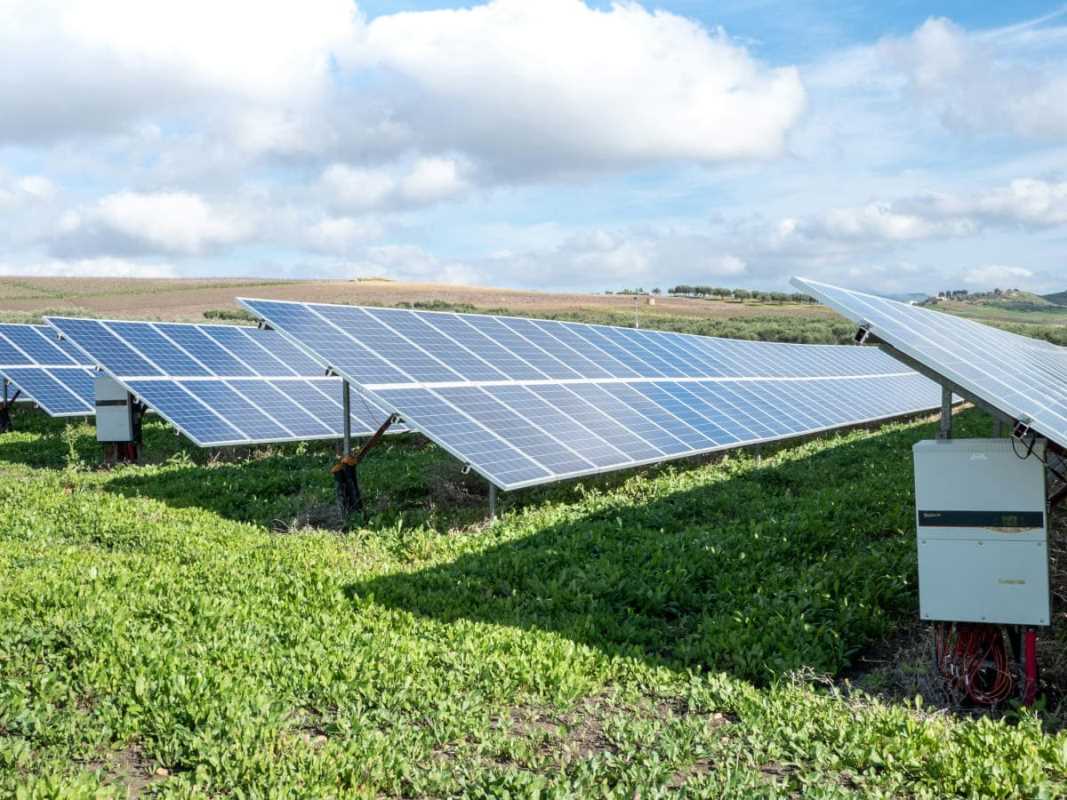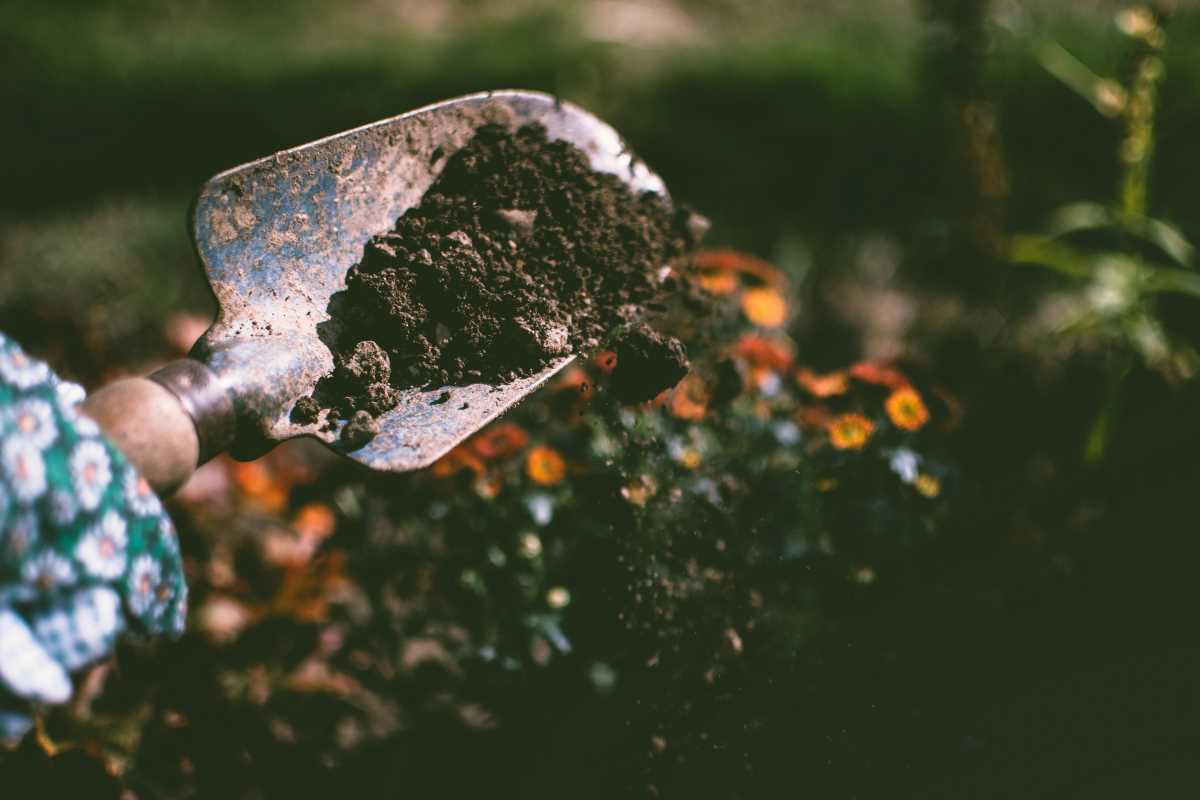Growers rely on advanced technology to keep their orchards healthy and productive. Smart sensors and automated systems allow for close observation of each tree’s condition, from soil moisture levels to temperature changes, without the need to walk every row. Real-time data from these tools gives growers the information they need to respond quickly to any changes in the orchard environment. With these improvements, routine tasks like irrigation and health checks become more efficient and accurate, helping ensure that every tree receives proper care. Technology continues to shape the way orchards are managed, making daily upkeep more straightforward and effective.
Home orchard technology combines tradition and innovation to help manage resources effectively. This approach not only saves time but also leads to better harvests. Whether you have a small garden or a large plot, new tools simplify day-to-day tasks and help you achieve healthier trees.
How Do Home Orchard Sensor Networks Work?
Home orchard sensor networks consist of small devices placed around your trees. These devices gather data on soil moisture, temperature, and sunlight exposure. Instead of guessing what your trees need, you get clear, real-time insights. This precise information lets you fine-tune care routines to boost yields and maintain tree health.
The network typically includes a mix of sensors that work together to monitor several factors. Here are some common types of sensors and their basic functions:
- Soil moisture sensors – Check the water content to avoid over or underwatering.
- Temperature sensors – Record ambient and soil temperatures to help with frost prevention.
- Light sensors – Monitor sunlight exposure, ensuring your trees get sufficient light.
- Humidity sensors – Help determine conditions favorable for pest control.
How Sensor Networks Operate in Your Orchard
The sensor networks send readings to an online system. This system analyzes data and alerts you to potential issues before they become critical. For example, if soil dryness reaches a critical level, you receive a notice so you can water the trees immediately. These timely alerts reduce guesswork and streamline maintenance.
A good network integrates seamlessly with your daily routine. When you see changes in temperature or soil moisture, you quickly adjust irrigation or other care practices. The system even supports hands-on decisions, as it helps in planning proper fertilizer application and timely pruning. In one part of this discussion, the term sensor networks captures this essential link between data and decision-making.
Advantages of Using Orchard Sensor Networks
Using a sensor network in your orchard offers practical benefits. Growers often notice improved efficiency, better resource management, and increased fruit production. The system helps maintain optimal growing conditions, making your routine simpler and more effective.
Consider these key benefits:
- Accurate data helps reduce water waste by directing irrigation only where needed.
- Real-time alerts allow for quick responses, reducing the risks of diseases and pests.
- Better oversight of environmental conditions minimizes expensive guesswork.
- Automation frees up time to focus on other farm activities or personal projects.
Important Features to Consider When Choosing a Sensor Network
When selecting a sensor network, focus on features that provide clear and precise insights. Look for systems that deliver real-time alerts, detailed app interfaces, and strong connectivity to avoid data gaps. Ensure the devices work well in various weather conditions and are easy to maintain.
Durability and compatibility with your existing equipment matter too. Check if the system allows customization to meet the specific needs of your orchard. Combining different sensors gives a complete picture, and systems with integrated support are usually the best options. This helps you spend less time on installations and more time on care adjustments.
Steps to Begin Using Sensor Networks Effectively
Start by planning your orchard’s layout and deciding where to place sensors. Map out areas that need attention most—such as spots prone to dryness or excessive shade. Research different systems and select one that matches your orchard’s size and your budget.
Follow these steps to install your new network:
- Survey your land and mark key spots for sensor placement.
- Choose a system that connects easily with your smart devices.
- Set up sensors and calibrate them following manufacturer instructions.
- Monitor initial data to adjust sensor positions and verify accuracy.
Common Difficulties and How to Fix Them
Even top sensor networks face connectivity and environmental challenges—test your setup in various orchard areas, and use signal boosters or relocate sensors as needed. Regular maintenance and reading user reviews help you choose reliable systems and address minor glitches quickly.
Integrating advanced tools into daily orchard care adds precision and reduces manual labor, making tree management easier and more efficient. With good planning and upkeep, sensor networks provide valuable insights and simplify your orchard routines.
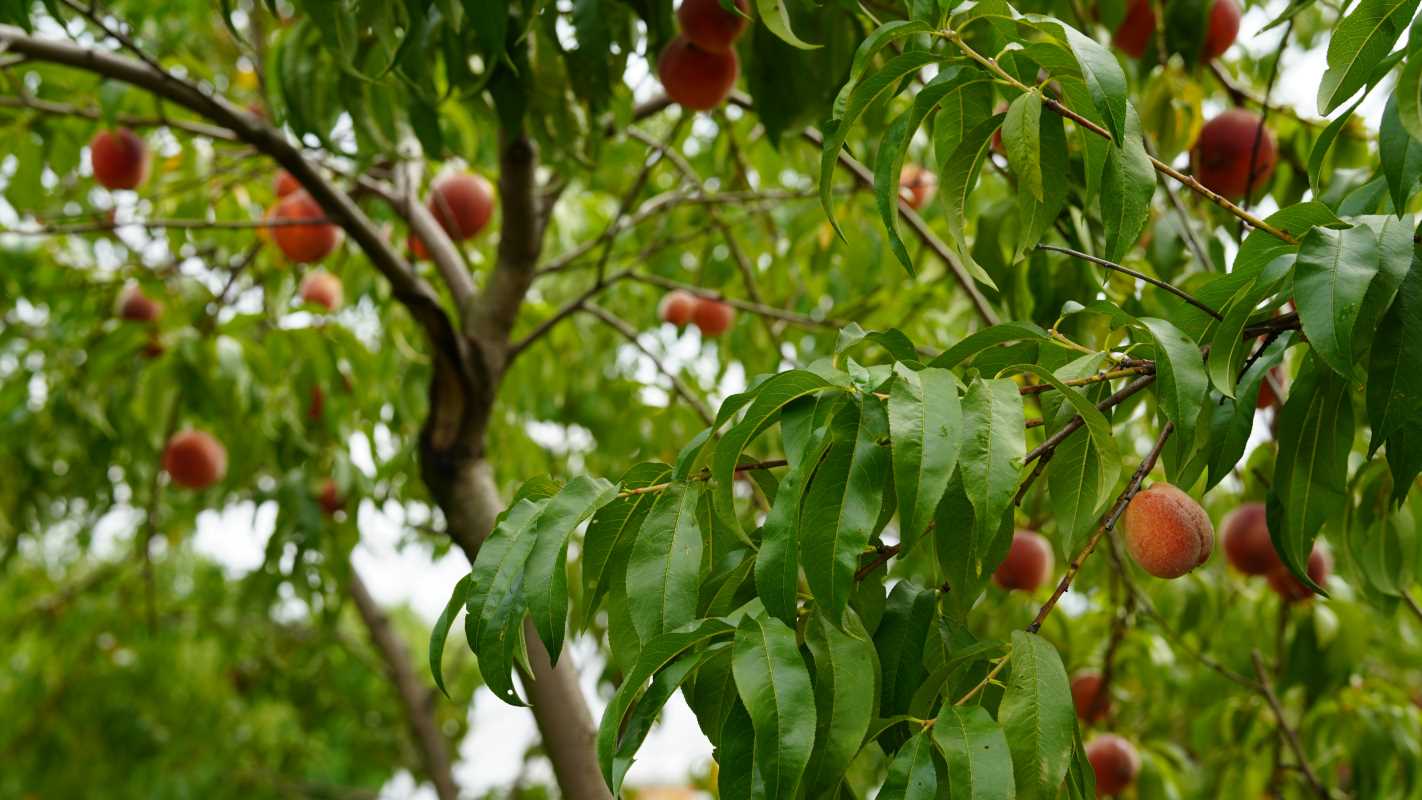 (Image via
(Image via
